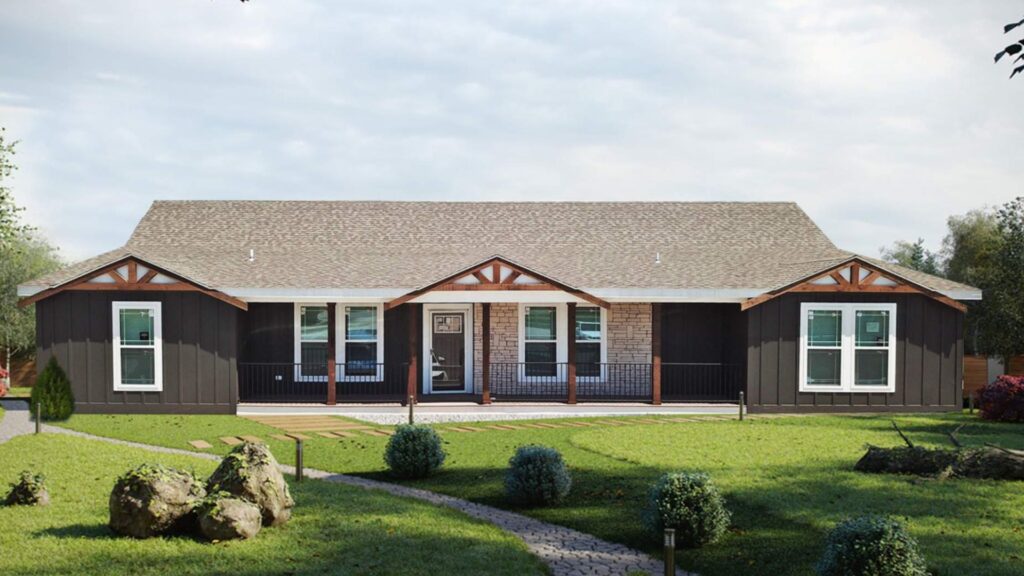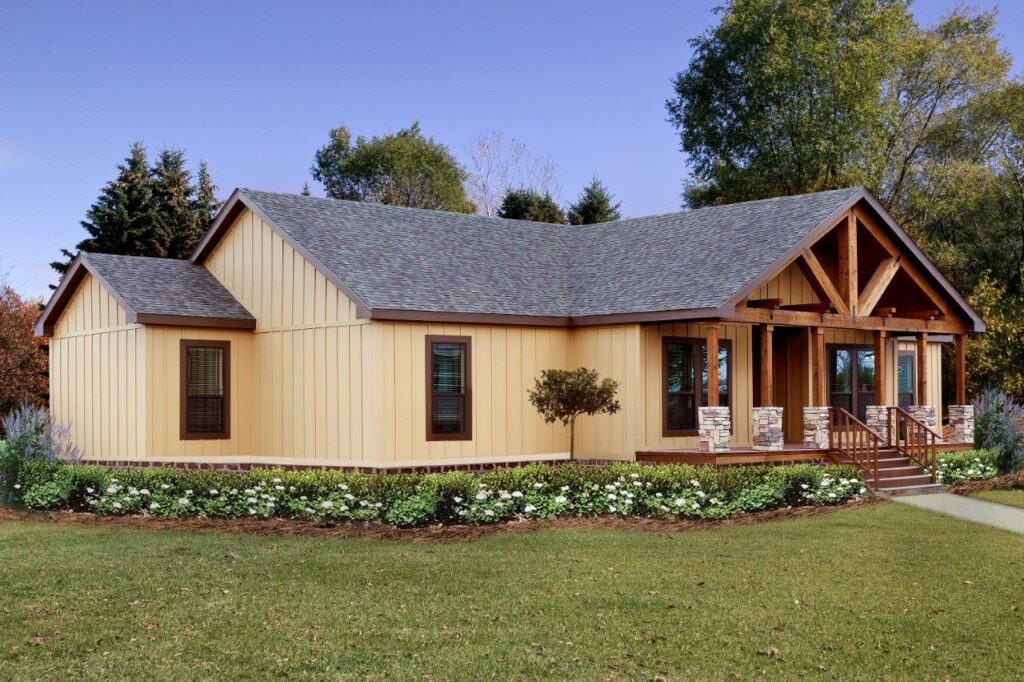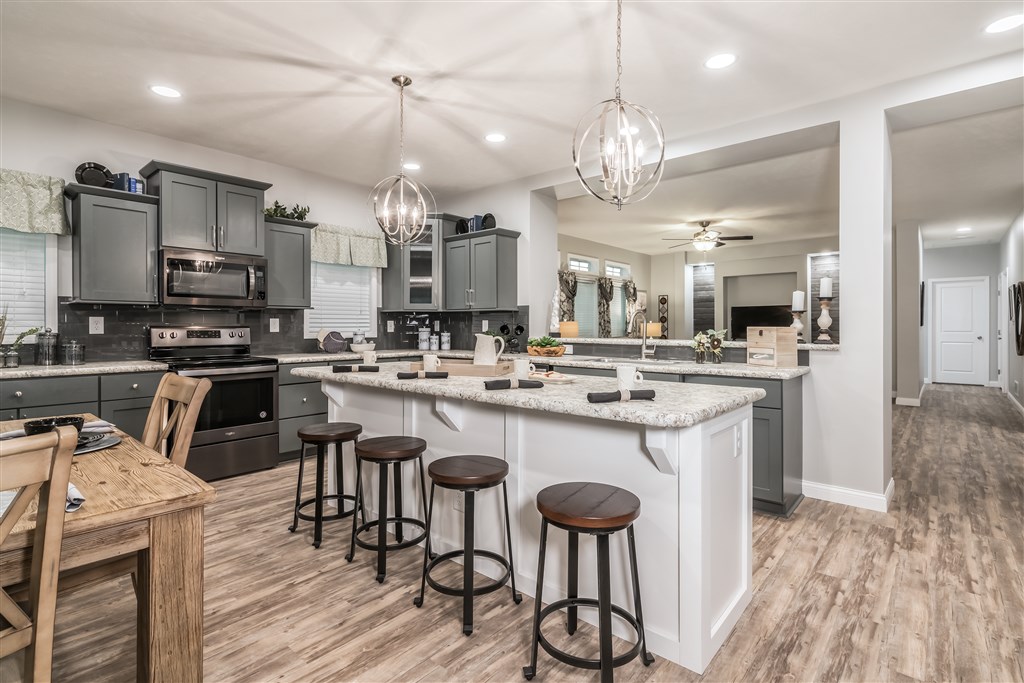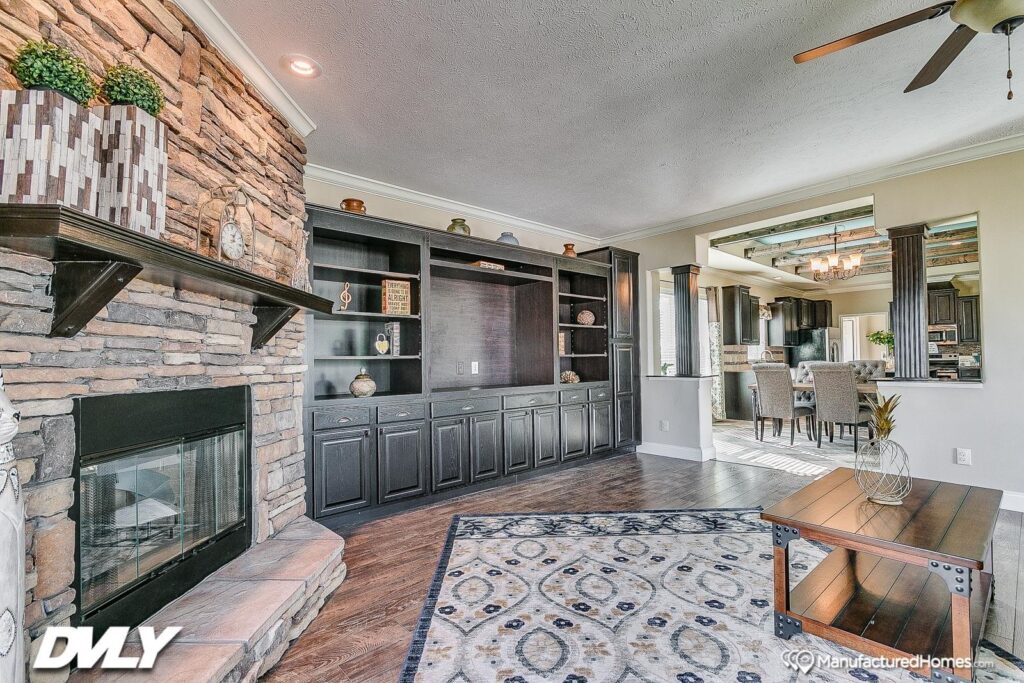Choosing a modular home offers a unique and efficient housing solution, but the timeline from start to finish can vary depending on various factors. It’s essential to have a clear understanding of the process to ensure a successful and stress-free experience.
From selecting a design to site preparation and installation, each phase plays a crucial role in bringing your dream home to life. By familiarizing yourself with the timeline, you can better prepare for the journey ahead and make informed decisions throughout the process.
Step 1: Set a Budget
The first and perhaps most crucial step in the timeline of moving into your modular home is setting a budget. A well-defined budget will guide your decisions throughout the entire process, from selecting the design to the final touches on your new home. Here are some key considerations to keep in mind while establishing your budget:
1. Determine Your Financial Capacity: Assess your financial situation, including your savings, income, and any loans you may need. This will help you understand how much you can realistically afford to spend on your modular home.
2. Research Modular Home Costs: Investigate the average costs associated with modular homes in your area. Prices can vary significantly based on design, size, materials, and additional features or customizations.
3. Include Additional Expenses: Don’t forget to account for additional costs such as land purchase, site preparation, utility connections, permits, and any landscaping or finishing touches you may desire. These expenses can add up quickly and should be factored into your overall budget.
4. Set Aside a Contingency Fund: It’s wise to allocate a portion of your budget for unforeseen expenses that may arise during the construction and installation process. A contingency fund can help you manage any unexpected costs without derailing your overall budget.
Step 2: Choose Your Modular Home Design
After establishing a budget, the next step is to select the design of your modular home. This phase involves:
1. Exploring Options: Research various designs and layouts that fit your style and needs. Many manufacturers offer a range of floor plans, styles, and customization options to suit different preferences.
2. Consulting with Professionals: Engage with modular home builders to discuss your ideas and get recommendations based on your requirements. Their expertise can provide valuable insights into how different designs will perform in terms of space utilization, energy efficiency, and overall functionality.
3. Finalizing Your Choice: Once you’ve explored the various options, narrow down your choices and finalize the design that best meets your needs and budget. Be sure to consider factors such as future growth, resale value, and overall aesthetic appeal when making your decision.
Step 3: Secure Financing
With a design chosen, the next phase is securing financing for your modular home. This typically involves:
1. Exploring Loan Options: Research different types of loans available for modular homes, including traditional mortgages, construction loans, and specialized modular home financing. Each option has its pros and cons, so it’s important to find one that aligns with your financial situation.
2. Getting Pre-Approved: Before moving forward, seek pre-approval from lenders. This will give you a clear understanding of how much they are willing to lend you based on your financial profile and help streamline the financing process.
3. Finalizing Your Loan: Once you’ve chosen a lender and secured financing that suits your needs, finalize the loan agreement and ensure that all terms and conditions are clear. Review the details thoroughly, including repayment schedules and any penalties for early repayment, before signing.
Step 4: Purchase Your Land
Once financing is secured, it’s time to purchase or secure your land. This stage includes:
1. Location Selection: Choose a location that meets your needs in terms of proximity to work, schools, amenities, and overall lifestyle. Consider factors like community development, zoning regulations, and future growth potential in the area.
2. Conducting a Land Survey: Before finalizing your purchase, have a professional land survey completed to assess property boundaries, topography, and any potential issues that may affect construction. This will help you avoid surprises later on.
3. Finalize the Purchase: Once you’ve selected a suitable plot of land, negotiate the purchase price, enlist a real estate attorney if necessary, and complete all required paperwork to finalize the transaction. Ensure you have a clear title to the property and that all conditions of the sale are met.
Step 5: Design and Permitting
With your land secured, the next step involves design finalization and obtaining the necessary permits:
1. Finalizing Your Design: Work closely with your builder or manufacturer to finalize any customizations based on your earlier choices. This may include selecting interior finishes, fixtures, and other design elements that reflect your personal style and preferences.
2. Applying for Permits: Submit the necessary applications to obtain building permits from your local government. This process can vary significantly depending on where you live, so be prepared for potential delays. Ensure that all documents related to your modular home design adhere to local building codes and regulations.
3. Reviewing Site Plans: Once the permits are in progress, review the site plans with your builder to ensure that everything meets your expectations and complies with local regulations. This includes positioning the home on the lot, potential landscaping plans, and any utility installations.
4. Confirming Utilities and Infrastructure: Before construction begins, coordinate with local utility companies for water, electricity, gas, and sewage connections. Ensuring these services are available and ready is crucial for a smooth transition into your new modular home.
Step 6: Construction and Setup
After securing permits, the construction phase can begin. This step includes:
1. Building the Foundation: Depending on the design of your modular home, a foundation may need to be laid before the home is delivered. Typically, this involves pouring concrete and ensuring it meets local standards.
2. Delivery & Assembly of Modular Units: Once the foundation is ready, the modular units will be delivered to your property. This usually involves transporting the pre-built sections of your home and placing them on the foundation. After delivery, skilled contractors will assemble the modular sections on-site, ensuring that all connections between units are secure and properly sealed.
5. Interior Finishing Touches: After the modular units are assembled and utility connections are made, it’s time to focus on interior finishes. This may involve installing flooring, painting walls, adding cabinetry, and completing fixtures. This phase allows you to personalize your space and make it truly feel like home.
Step 7: Final Inspections and Move-In
Once construction and finishing touches are complete, you’ll need to prepare for your final inspections:
1. Schedule Inspections: Coordinate with local authorities to schedule any required final inspections of your modular home. These may include electrical, plumbing, and structural inspections to ensure compliance with building codes.
2. Obtain a Certificate of Occupancy: After passing all inspections, you’ll need to secure a Certificate of Occupancy (CO) from your local government. This document confirms that your home is safe to inhabit and meets all regulations.
3. Final Walk-Through: Before officially moving in, conduct a final walk-through with your builder or contractor. This allows you to check for any issues that need addressing or corrections before you settle into your new home. Take note of any areas that may need touch-ups or repairs.
Get Started Today
If you’re interested in learning more about modular homes, contact Family Dream Homes. We’re here to help with any questions you may have!



